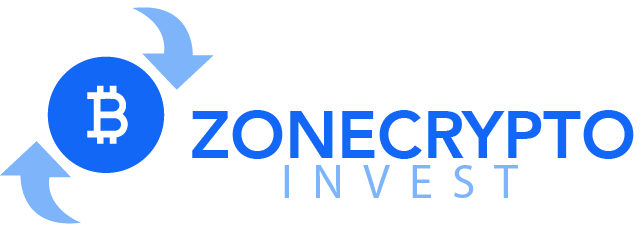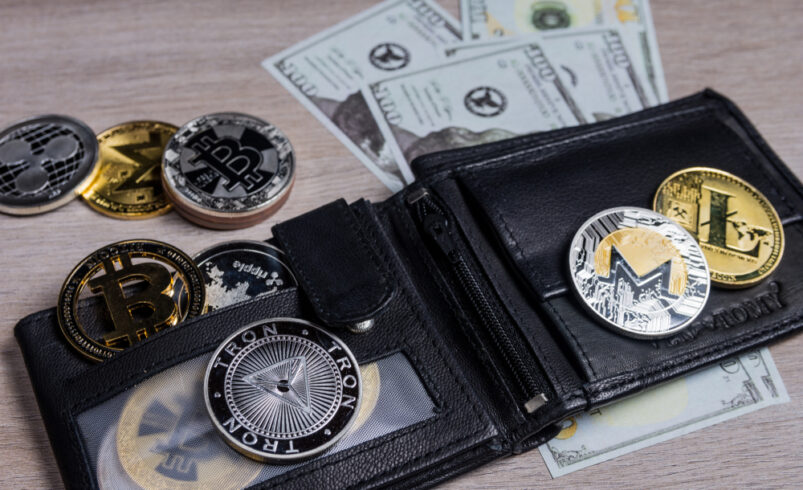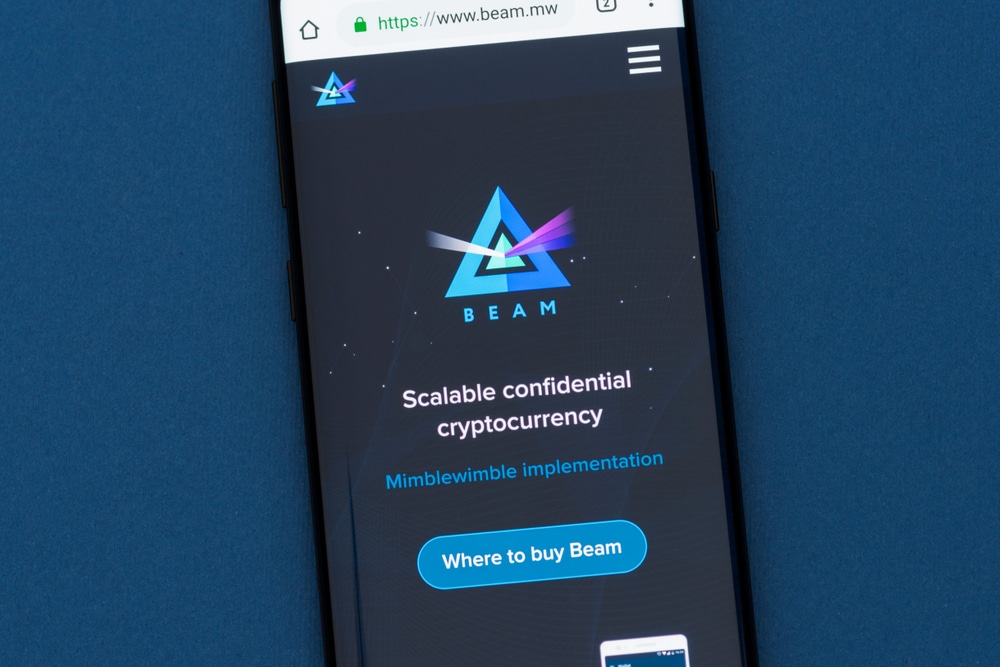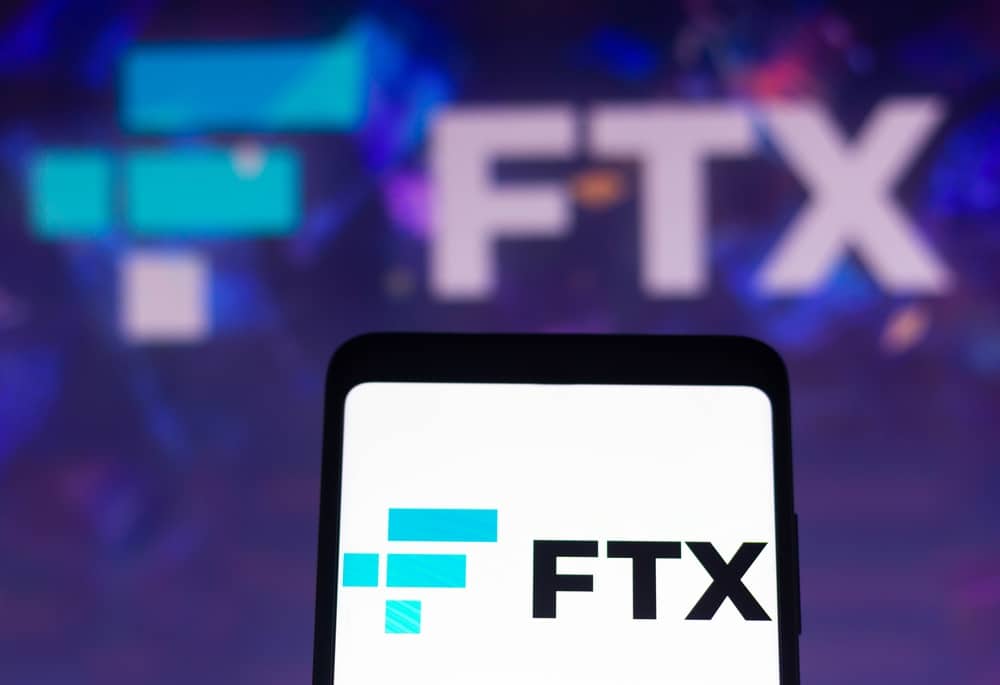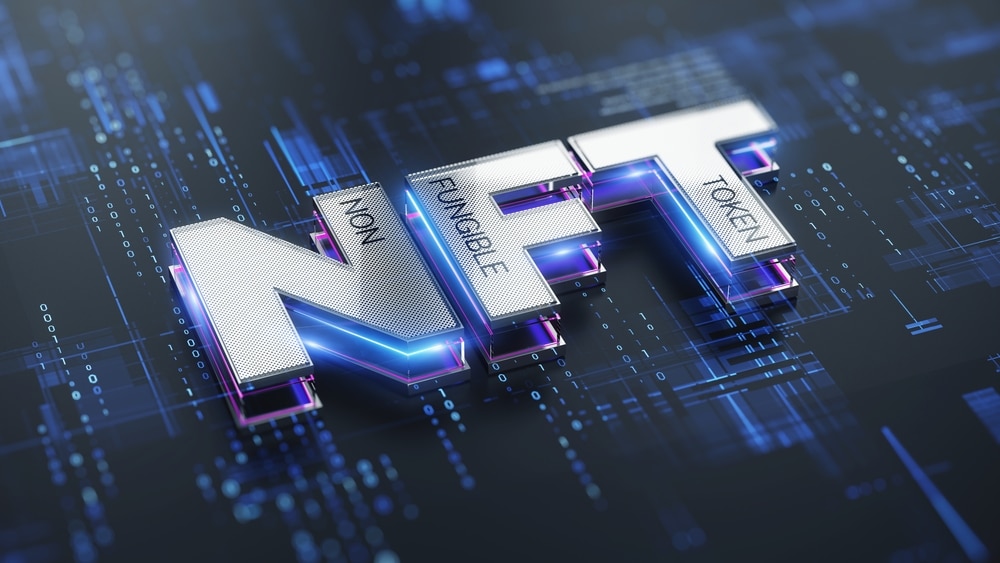Detailed Guide to Understanding Token Burning
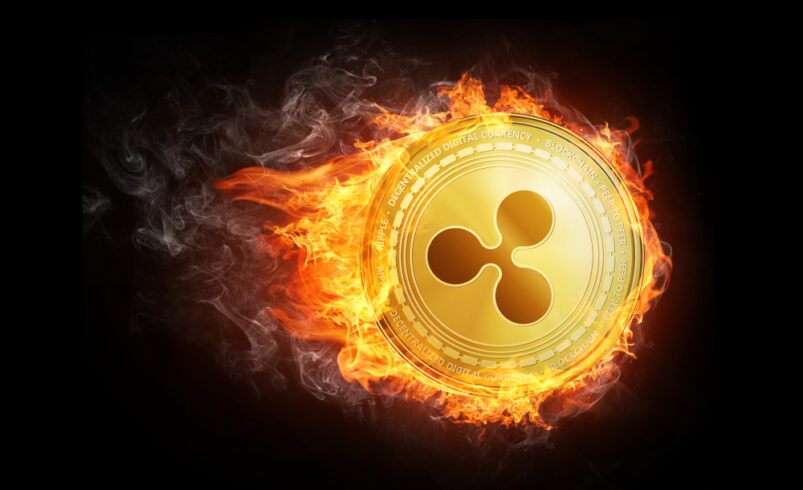
Token burning is similar to deliberately setting money on fire. In crypto, it entails intentionally destroying some tokens to minimize the overall supply.
The destruction creates scarcity, boosting the remaining tokens’ value. One can consider it a means to control inflation and maintain the value of digital coins.
How Token Burning Functions
- Buyback and Burn: The project team uses profits to purchase back tokens from the market and later burns them. This illustrates the seriousness of enhancing token value and boosting investors’ confidence.
- Transaction fees: Networks such as Ethereum burn some of the transaction fees. With EIP-1559, a base fee is burned for each transaction on the Ethereum platform.
- Manual burn: Tokens can be sent to a ‘burn address’ that only receives tokens but does not send them. This causes the permanent disappearance of tokens.
- Scheduled burns: Projects such as Ripple have a set plan for burning tokens, mainly laid out in a whitepaper. The burns occur regularly.
The permanent supply reduction can aid in stabilizing the cryptocurrency’s economy and potentially boost its value over time. Besides, token burning can happen following an initial coin offering (ICO), where, at the beginning, the issuer defines the number of tokens they plan to sell.
Knowing how token burning functions can aid in making smarter choices in the crypto market, whether one is beginning or has been in the market for some time.
Illustration of Token Burning
Token burning is similar to a digital bonfire for cryptocurrencies. In this case, the tokens’ total supply is reduced via deliberate destruction, improving the value of the remaining ones.
LUNA and Ethereum have implemented this tactic in the following ways:
Ethereum and EIP-1559
In 2021, Ethereum unveiled EIP-1559, a proposal that altered transaction fees’ functioning. Some fees are burned, eliminating them permanently.
That year, nearly 1.3 million ETH were destroyed. The objective was to make Ethereum a deflationary currency, meaning fewer tokens over time, potentially enhancing their value.
Terra and Recent Burn Events
In 2021, Terra (LUNA) burned 88.7 million tokens. The strategic move sought to control the token’s supply and maintain its value.
By reducing the number of circulating LUNA tokens, Terra seeks to ensure scarcity, thus bolstering the token’s price.
What One Should Know Concerning Token Burning?
Token burning is similar to a magic trick for cryptos. Reducing the number of circulating tokens increases the value of the remaining ones, resulting in a price boost and a more stable economy.
Olympus DAO’s OHM utilizes an algorithm to manage its token supply. In case price drops are significant, tokens are burned to stabilize the prices.
Over time, burning tokens can boost a cryptocurrency’s usefulness for transactions. Reducing the supply makes the token scarcer, which can enhance investor interest and confidence.
What Risks and Controversies Exist in Token Burning?
Manipulation is an example of a major risk. Lack of transparency in the process can result in token burns being utilized to artificially boost prices or misguide investors concerning the real supply.
Once tokens are burned, they are permanently gone. This means that miscalculations or errors cannot be undone.
Token burning can catch the attention of regulatory bodies. Besides, it can cause reduced liquidity in the long term.
How to Execute Token Burning?
A loud and clear announcement is necessary before and after burning tokens. It involves revealing the number of tokens to be burned and the reasons behind it.
Public burn wallets are essential to ensure that people see that the tokens are really gone. Regular updates concerning the burning are also critical.
The community should be involved via forums, social media, and live updates. People should be allowed to ask questions and share their perspectives.
Following the Guidelines and Looking Ahead
Every burnt event must be recorded. This is critical for regulatory checks and audits.
All local and global guidelines should be followed. This entails knowing client requirements and keeping up with anti-money laundering laws.
It is critical to remain updated on current trends and tech in token burning.
Zone Crypto Invest provides exposure for numerous crypto businesses, and we invite you to join our community! Connect with us through our Telegram chat for any questions. Given the volatile nature of cryptocurrencies, always conduct thorough research before investing. Many articles on our website are sourced from guest writers or are paid content, and they might not reflect the views of Zone Crypto Invest's internal team. The opinions in these pieces may not always coincide with Zone Crypto Invest's stance. We do not vouch for the accuracy, quality, promotions, or any other aspects showcased on our platform. Please refer to our detailed terms of service and disclaimer for further information.
